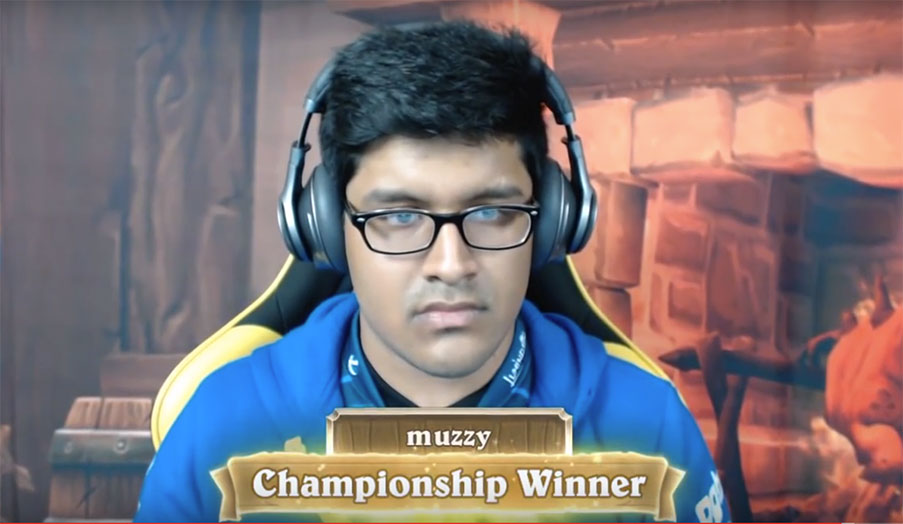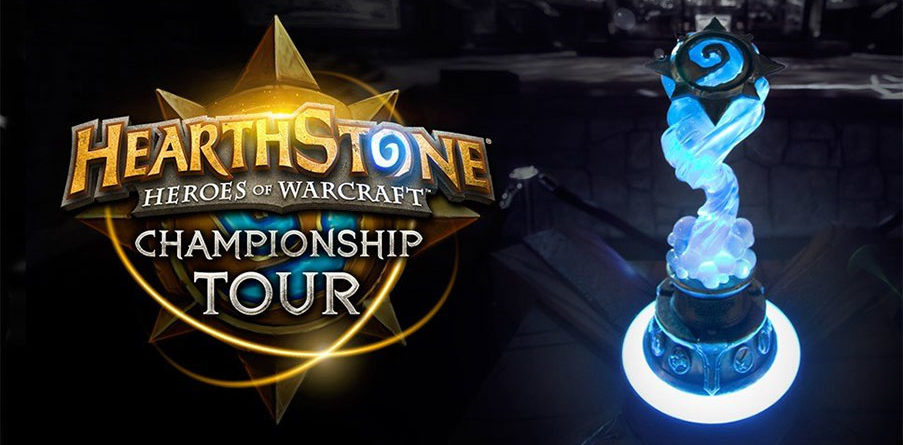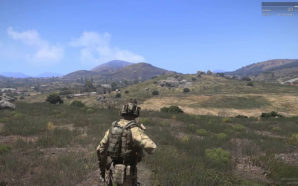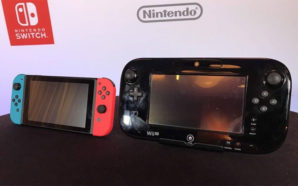It has been two months since the release of Journey to Un’Goro expansion as the first expansion of the Year of the Mammoth. We have observed serious shifts in the Hearthstone meta since then and now the dust is about to settle and at the end we ended up with a pretty diverse and interesting meta.
As a consequence of this diverse meta, we can observe different lineups which focus on different strategies from pro players at the highest level of play. In this article we are going to analyze the HCT Spring Playoffs champions’ lineups from Americas and Asia-Pacific regions and try to find out what they did right to claim the title.
The Meta
Before discussing the lineups from pro players, we should first briefly discuss how the meta evolved since the release of Journey to Un’Goro. After the rotation, Quest Rogue quickly became popular, which followed a response with aggressive strategies such as Token Druid and Pirate Warrior (which was already tier 1 before rotation). Then, midrange paladin and burn mage came into the equation which can take an aggressive role against decks like Quest Rogue and play the defensive game against aggressive decks or even the value game in some certain matchups.
Although not being popular, various other decks still exists Taunt Warrior was there as a pure control deck, Silence Priest as an OTK deck etc. A tempo oriented deck, Secret Mage and a more versatile aggro deck Evolve (Token) Shaman are the latest additions to the tier 1 decks. In other words, the tier 1 decks are generally prepared against Quest Rogue which was one of the top decks at the start of the new meta.
According to Tempostorm meta snapshot we have 7 tier 1 decks from 5 different classes as of June. We can classify these decks as; 1 control, 4 aggro, 1 tempo and 1 midrange. Therefore, it is possible to come up with a lineup of 4 decks all being tier 1 which lineup would result with an aggressive tendency. However, the main question that we are trying to answer in this article is; did the champions decide to do so?
Americas Champion Muzzy
Muzzy had an incredible run of 10-0 on matches and 20-10 record on games in the tournament to secure the title. He piloted the decks perfectly throughout the tournament and the community of Hearthstone enjoyed. He brought the four decks below:
- Quest Warrior
- Jade Shaman
- Miracle Rogue
- Control Paladin

Credit: esportsvesti.com
There is not a single tier 1 deck in his lineup. In addition, no aggressive decks. In his lineup, the most interesting choice was Jade Shaman which is considered as a tier 3 deck by Tempostorm. It is very strongly suited against aggro with all the board clears and life gains and can play the long, value game with Spirit Echoes and Jades. In addition, being an unpopular deck in the meta, most of the players in the tournament are unlikely to playtest against it.
In other words, the opponents may not know how to play against it resulting to force them into unfavorable positions such as miscalculating potential Spirit Echoes plays or pushing unnecessary face damage only to see them heal. It is also important to note that, this fact is also pointed out by Muzzy himself during his interview for the tournament i.e. he knew what he was doing – of course.
His other decks are fairly known decks, even though not extremely popular. Quest Warrior and Control Paladin are both looking for the long game and well suited against aggro. His last deck is Miracle Rogue to add some versatility to his lineup to offer an out with explosive openings whereas providing an alternative against Quest Rogue which is the deck that all his other three decks are weak against. We should also note that he does not run any tech cards (such as Hungry Crab or Eater of Secrets) in any of his decks.
Another matter that we should take into account is how does his lineup position itself in the Top8. The breakdown of the lineups in the Top 8 is as follows :
- 3 Aggro
- 2 Midrange
- 3 Control
An important point is that Muzzy has the only lineup without a tier 1 deck in the top 8, whereas there are two aggressive lineups (Ant’s and Astrogation’s) with 4 tier 1 decks. This indicates that, when the meta evolved towards an aggressive approach and find success with it more aggressive decks are considered as tier 1.
However, this does not necessarily mean that tier 1 decks are the best decks, but on the ladder they perform better than the others. But the tournament setting is completely different than the ladder. Muzzy proved that, with a strong strategy to counter the top tier decks (not solely aggression as a strategy against the meta) – and, of course by perfect execution – without any tier 1 one can go 10-0 in a very high level tournament environment.
Asia-Pacific Champion Mage
Mage is a well-known player from New Zealand and he is considered one of the best Reno Mage player in the game (by his friends). His lineup for the tournament was:
- Quest Warrior
- Evolve (Token) Shaman
- Miracle Rogue
- Freeze Mage

Credit: battlecraft.it
In his lineup, we see only one tier 1 deck – Token Shaman which is promoted to tier 1 by Tempostorm after the tournament, though it has been mentioned as the possible meta breaker deck for the two weeks before the tournament i.e. it was not an unknown deck. I think the most interesting choice was Freeze Mage because if you are going to play the Mage class you would play either Burn (Control/Discover/Guenther) Mage or Secret Mage – like everyone else did.
But Mage decided not to do so and he piloted the deck perfectly especially in the top 8. Even though, Freeze Mage is an old archetype in the game, with the new cards such as Arcanologist and Primordial Glyph, the consistency, potential and the capabilities of the deck changed significantly. For instance, without Ice Lance in standard, Primordial Glyph possibly find more burn for Freeze Mage or more Ice Blocks. With Arcanologist the consistency to draw the Ice Blocks and Barriers has increased.
Considering these facts, Freeze Mage is actually a new deck and well suited against the aggressive meta. As I have mentioned earlier, Mage is an experienced player, therefore it was a comfortable choice for him to play Freeze Mage instead of the well-known and expected Burn or Secret Mage decks. Also, he is running 1 Eater of Secrets in his Freeze Mage list which indicates that he was expecting Control Mage decks in the field.
Quest Warrior and Evolve Shaman are again, well suited against aggressive decks. Unlike Muzzy, he chose to Bring Evolve Shaman which can also take the aggressive role against control decks and fight for the board against midrange decks instead of a pure control deck. We have discussed Quest Warrior and Miracle Rogue choices for Muzzy and the same reasons apply for Mage as well.
The Top 8 lineups in Asia-Pacific playoffs are:
- 5 Aggro
- 2 Midrange
- 1 Control
The only control oriented lineup in the Top 8 is brought by Mage. Aggro oriented lineups did fairly well in the Asia-Pacific playoffs but the winner was ready for it. In addition to this, Mage’s lineup has the least amount of tier 1 decks in the top 8 with only Evolve Shaman and there are 4 lineups with all tier 1 decks.
The Lessons To Learn
In addition to piloting the decks perfectly throughout the tournament, which is recommended to win a tournament, there is much more going on in the background.
According to the websites that publishes meta reports periodically, the top decks have no more than 53-54% win rate in the diverse meta of Journey to Un’Goro. That means, even if a deck is considered as a tier 2 or 3, it is still a strong deck. This also indicates that these decks may become very dominant in a given environment. The regional playoff champions that we have analyzed have not chosen bad decks or low tier decks on purpose. They were prepared against a certain meta, which in this case an aggressive one, and they have made their choices accordingly.
In other words, they were playing the so-called “tier 2” decks to counter the tier 1 decks. Then, why these deck which are better against the tier 1 decks are not tier 1 in the first place? Because the tournament and the ladder environments are different. In the ladder, people tend to play a single deck for the whole season (generally an aggro deck to play more games), mastering the deck during their climb. With a positive win rate, the player will eventually climb to legend, which is the ultimate goal of the season for many players.
However, in the tournament scene, the overall meta tendency determines the strategy of the lineup and how to win the match (not a single game) against different lineup strategies. Therefore, it is better to be prepared for the most expected decks and/or certain possible lineups than to play the top decks that statistically performed better on the ladder.
The meta reports published by the websites analyze the data that come from the ladder. Therefore the classification of the decks are based on the ladder statistics. It is not logical to say that the decks considered as tier 1 (or top tier) in the meta reports do not deserve to be considered as the top decks to play. However, the tournament field is more than just statistics regarding the performance of the decks played by players with various levels of skill on the ladder.
It is not entirely true to say that, the top tier decks are not top tier because of the difference between the ladder and tournament environments. Therefore, it is a fact that the meta reports have an influence on the players for their tournament lineups. However, we should note that, we do not have tournament reports, aside from the big tournaments such as Regional Playoffs, we have ladder reports. In other words, we do not have statistics regarding the lineups, we have statistics for individual decks. Therefore, for a given tournament it is utmost importance to guess the general tendency of players (meta call) rather than playing the “best decks”.
There is also the element of surprise. To be able to play in the HCT Regional Playoffs, players spend countless of hours to practice, grind tournaments which can take up to 9 hours (depending on the tournament size) to collect enough points to qualify. These are all in addition to their routines such a part-time/full-time jobs or in most cases streaming. Therefore, it is not that easy to be prepared against all the decks and know how the game works for every single matchup. Consequently, one small mistake can lead up to a loss in critical game because of the lack of playtesting against a certain deck with a certain deck. Of course it is not always the correct choice to play the unknown decks (since they are unknown for a reason), however it may work in your favor if you have strong reasons to play the deck. In our analysis the strategy behind playing non-tier-1 decks turned out to counter the tier 1 aggressive decks.
All in all champions Muzzy and Mage have proven that, you do not need to play “the best decks” to win a high level tournament. Considering the meta game, identifying the general tendencies of the players and a solid strategy can lead up to winning lineups without relying on solely to tier 1 decks is possible.
Congratulations to Muzzy and Mage and good luck to all players who have qualified to the Season Championship in Shanghai.








